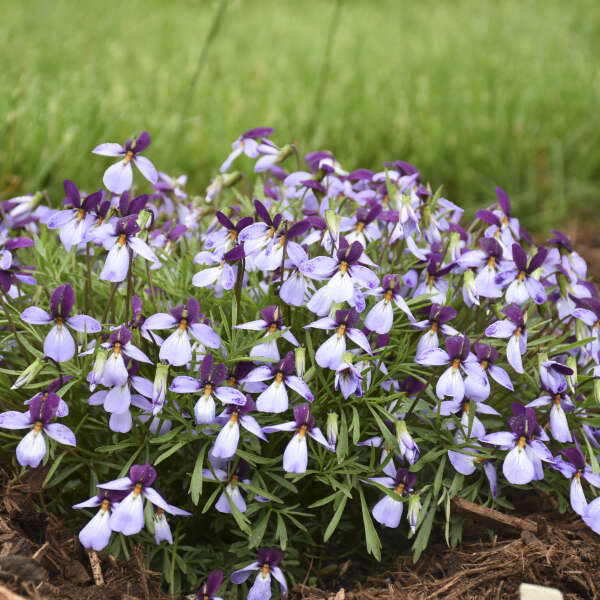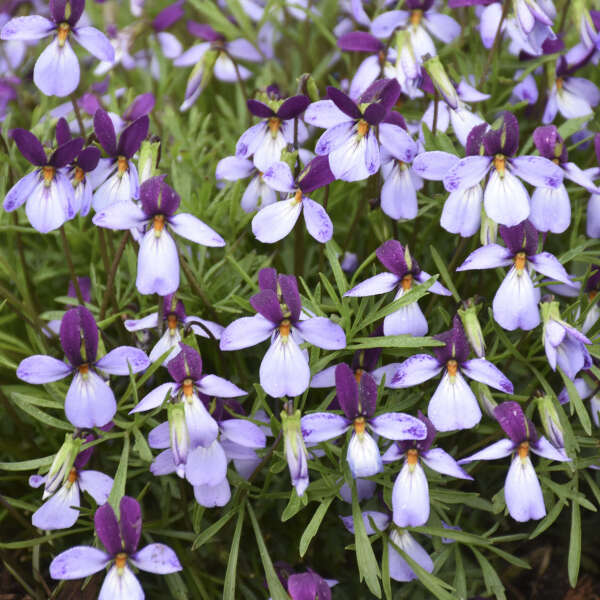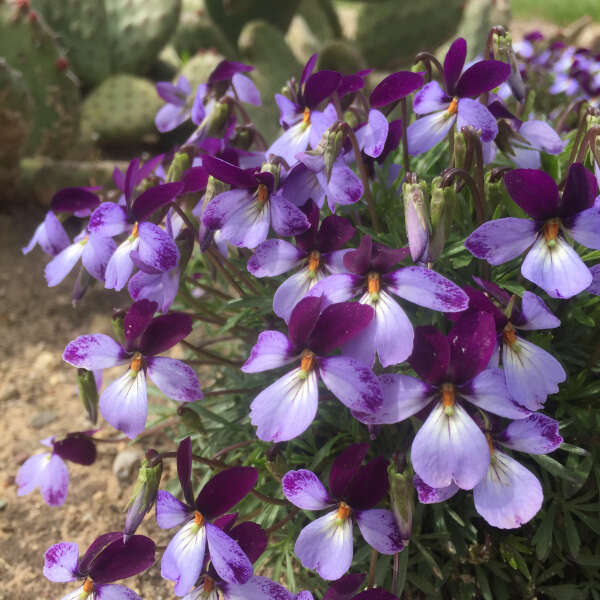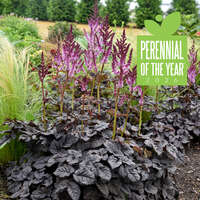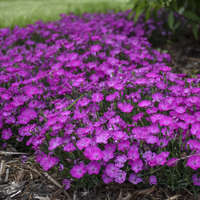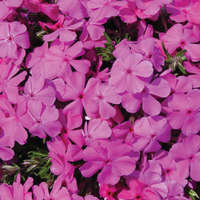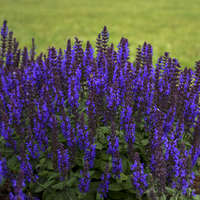Growing Temperature:
55-65° F
Holding Temperature:
50-60° F
Soil PH:
5.5-6.0
EC (What is EC?):
2.0-3.0 pour through method
Fertility:
Feed moderatly at 100 - 125 ppm N at each watering.
For Controlled Release or Slow Release Fertilizer, see your preferred supplier for recommended rates for incorporation or top dressing, as it varies by fertilizer.
Vernalization:
Not required
Pests & Diseases:
Aphids are the most common insect pest; spider mites and thrips can also affect violas. Scout and treat as necessary.
Thielaviopsis (black root rot) and Myrothecium crown rot are two of the main pathogens that affect violas. Root and crown rot can be amplified by overwatering. They are also susceptible to pythium, Phytopthora, and Rhizoctonia as well as the foliar pathogens Alternaria, Botrytis, Cercospora, Colletotrichum (Anthracnose), downy and powdery mildews, Phyllosticta and Ramularia leaf spots, rust and Sphaceloma (scab).
Potting & Timing:
Viola are best planted in late winter to spring. Use well-drained soil for best growth.
Moisture:
Moderate moisture.
Water thoroughly and allow to dry slightly between waterings.
Planting Level:
Top of plug level with soil line.
PGRs/Pinching:
Most of the commercially available plant growth regulators are effective at controlling the height of violas. They are particularly sensitive to applications of products containing Paclobutrazol and Uniconazole; use both caution and low rates when applying these products. Late applications of PGRs may delay flowering.
Growth regulator rates are suggestions but may vary due to time of year, region and water quality. Trialing is always recommended before applying to an entire crop.
Lighting:
Day neutral, plants will flower under any day length.
Provide high light levels for best quality (3000-5000 fc).
